Do you have a question about the Brother MFC-J6940DW and is the answer not in the manual?
Guidelines for selecting a safe operating location considering environmental factors and potential hazards.
Precautions against electrical shock, short circuits, and fire during connection and use.
Warnings to prevent fire hazards, especially concerning flammable substances and electrical issues.
Safety advice for product use, covering electrical hazards, thunderstorms, and pacemaker users.
Instructions for proper power cord usage, maintenance, and connection to prevent hazards.
Guidelines on product servicing, warranty, and avoiding dangerous voltage points.
Safety precautions and regulations for using telephone features and associated equipment.
Procedures for emergency calls and FCC compliance for telephone functions.
| Package depth | 561 mm |
|---|---|
| Package width | 681 mm |
| Package height | 493 mm |
| Package weight | 26600 g |
| Duplex printing | Yes |
| Print technology | Inkjet |
| Maximum resolution | 1200 x 4800 DPI |
| Duplex printing mode | Auto |
| Print speed (black, normal quality, A4/US Letter) | - ppm |
| Envelopes sizes | C5, Com-10, DL, Monarch |
| Paper tray media types | Coated paper, Glossy paper, Plain paper, Recycled paper |
| Paper tray media weight | 64 - 220 g/m² |
| Non-ISO print media sizes | Index card, Legal (media size) |
| ISO A-series sizes (A0...A9) | A3, A4, A5, A6 |
| Photo paper sizes (imperial) | 3.5x5, 4x6, 5x7 \ |
| Maximum ISO A-series paper size | A3 |
| Wi-Fi standards | 802.11b, 802.11g, Wi-Fi 4 (802.11n) |
| Cabling technology | 10/100Base-T(X) |
| Security algorithms | 64-bit WEP, 128-bit WEP, WPA-PSK, WPA2-PSK |
| Ethernet LAN data rates | 10, 100 Mbit/s |
| Mobile printing technologies | Apple AirPrint, Brother iPrint & Scan, Google Cloud Print, Mopria Print Service |
| Supported network protocols (IPv4) | APIPA (Auto IP), TFTP Server, ARP, BOOTP, CIFS Client, Custom Raw Port/Port 9100, DHCP, DNS Resolver, FTP Client and Server, HTTP Server, ICMP, IPP, LDAP, LLMNR Responder, LPR/LPD, mDNS, RARP, SMTP Client, SNMPv1/v2c/v3, SNTP Client, Web Services (Print/Scan), WINS/NetBIOS Name Resolution |
| Supported network protocols (IPv6) | TFTP Server, HTTP Server, IPP, FTP Client, NDP, RA, DNS Resolver, LLMNR Responder, LPR/LPD, Custom Raw Port/Port 9100, SMTP Client, CIFS Client, SNMPv1/v2c/v3, ICMPv6, SNTP Client, LDAP, Web Services (Print/Scan) |
| Card reader integrated | - |
| Sound pressure level (printing) | 50 dB |
| Copier resize | 25 - 400 % |
| Maximum number of copies | 999 copies |
| N-in-1 copy function (N=) | 2, 4 |
| Copy speed (black, normal quality, A4) | - cpm |
| Display | TFT |
| Control type | Touch |
| Product color | Grey, White |
| Display diagonal | 3.7 \ |
| Market positioning | Home & office |
| AC input voltage | 100 - 120 V |
| AC input frequency | 50 - 60 Hz |
| Power consumption (off) | 0.04 W |
| Power consumption (ready) | 5.5 W |
| Power consumption (sleep) | 1.5 W |
| Power consumption (copying) | 27 W |
| Power consumption (average operating) | - W |
| Energy Star Typical Electricity Consumption (TEC) | 0.17 kWh/week |
| Server operating systems supported | Windows Server 2008, Windows Server 2008 R2, Windows Server 2012, Windows Server 2012 R2, Windows Server 2016 |
| Windows operating systems supported | Windows 10, Windows 7, Windows 8, Windows 8.1 |
| Scan to | Cloud, E-mail, FTP, File, OCR, USB |
| Scan drivers | TWAIN, WIA |
| Scanner type | Flatbed & ADF scanner |
| Input color depth | 48 bit |
| Maximum scan area | 600 x 600 mm |
| Output color depth | 24 bit |
| Input grayscale depth | 16 bit |
| Output grayscale depth | 8 bit |
| Maximum scan resolution | 19200 x 19200 DPI |
| Optical scanning resolution | 1200 x 2400 DPI |
| Operating temperature (T-T) | 10 - 35 °C |
| Operating relative humidity (H-H) | 20 - 80 % |
| Sustainability certificates | ENERGY STAR |
| Faxing | Color faxing |
| Fax memory | 180 pages |
| Modem speed | 33.6 Kbit/s |
| Fax resolution (black) | 203 x 392 DPI |
| Fax resolution (color) | 203 x 196 DPI |
| Printing colors | Black, Cyan, Magenta, Yellow |
| Duplex functions | |
| Country of origin | Philippines |
| Maximum duty cycle | 30000 pages per month |
| Number of print cartridges | 4 |
| Total input capacity | 250 sheets |
| Total output capacity | 100 sheets |
| Total number of input trays | 2 |
| Auto document feeder (ADF) input capacity | 50 sheets |
| Harmonized System (HS) code | 84433100 |
| Depth | 477 mm |
|---|---|
| Width | 576 mm |
| Height | 375 mm |
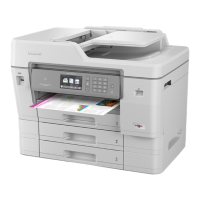
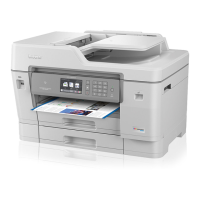
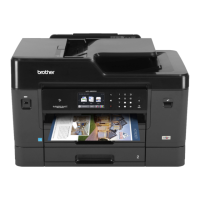
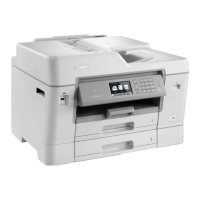
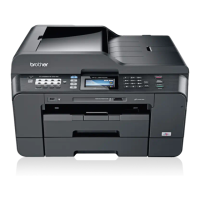
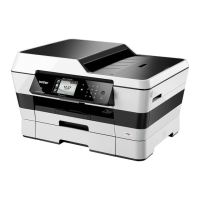

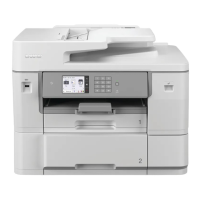

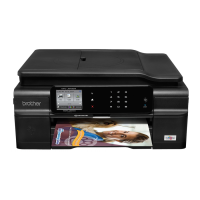
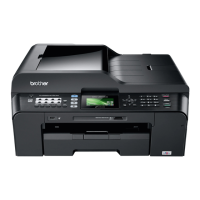

